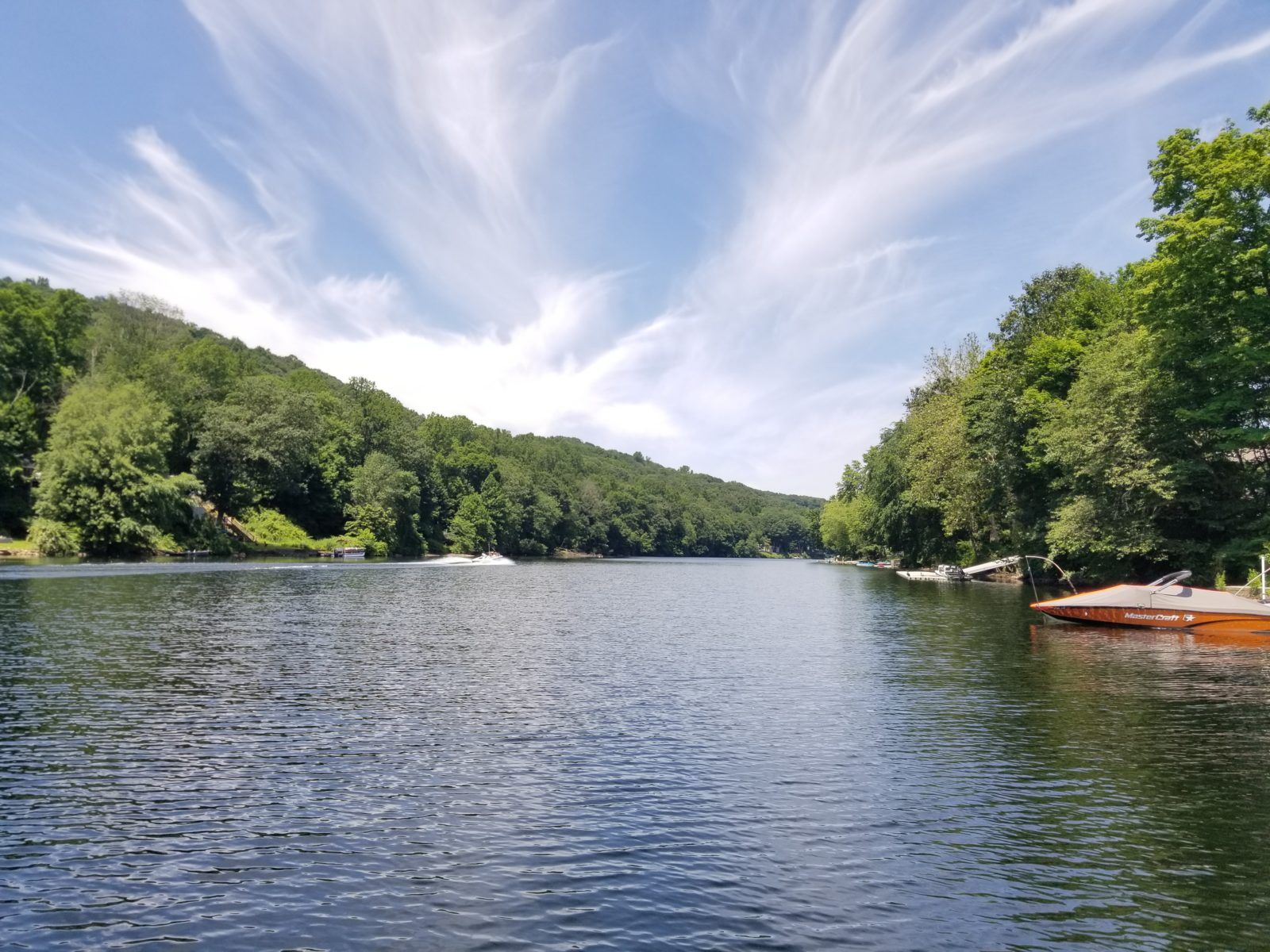Dredging Your Pond: Planning for the Big Dig
August 13th, 2009
By Terry Owens, Environmental Scientist and Kimberly Niesel, CMCA, Director of Marketing
 If your community has a lake or pond, it may have crossed your mind that dredging will be needed at some point. Hopefully your community has had a professional reserve study performed which includes funds allocated to a future dredging project. If you have reviewed this line item, you may see that it is one of the most costly projects that a community will ever undergo. Still, you may find that even though funds have been allocated, these funds may not be adequate to cover the scope of work needed. In order to prepare for the “big dig” that may be around the corner, here are a couple of tips to prolong the time needed between dredging projects:
If your community has a lake or pond, it may have crossed your mind that dredging will be needed at some point. Hopefully your community has had a professional reserve study performed which includes funds allocated to a future dredging project. If you have reviewed this line item, you may see that it is one of the most costly projects that a community will ever undergo. Still, you may find that even though funds have been allocated, these funds may not be adequate to cover the scope of work needed. In order to prepare for the “big dig” that may be around the corner, here are a couple of tips to prolong the time needed between dredging projects:
Bathymetry: Your lake is a dynamic and unique ecosystem. Bathymetric studies will allow you to better understand the changes that are going on in your lake. Bathymetry is the science of three dimensional lake mapping where surface area is shown with the corresponding depths. It shows the underwater mountains and valleys. Specifically it shows the very shallow parts of your pond. It also gives information on the quantity, location, and types of sediments sitting at the bottom of your pond. When compared to original plans, it will also allow you to calculate the rate at which your pond is filling in with sediment. This information allows you to tailor your dredging planning and budgeting to be more site and cost specific, reducing the unknown and taking the guess work out of your long term reserve planning and budgeting.
Aeration: Aeration is an important part to any lake management strategy but specifically it can help prolong the amount of time before dredging is required. The movement of water generated by pond aeration systems keeps sediments in a suspended stated not allowing them to settle out and add layers to the bottom of your pond. By adding oxygen and movement to the water, you can slow the accumulation of organic sediment and even help to break down a vast majority of sediments through the microbial processes that are enhanced by the aeration. Minimization of organic sediment accumulation on the bottom of the pond will greatly extend the life of your pond and push back the timeline for dredging.
Fish Stocking (Grass Carp): Pond fish stocking can be another effective way of increasing time before dredging is required. Stocking your pond with fish, specifically grass carp, is a biological control against nuisance aquatic vegetation and algae. These fish are herbivores and only go after the vegetation in your pond. Removing harmful vegetation improves the “look” of your pond and has the added benefit of removing organic matter that can build up and increase the “filling” of your pond. By consuming these plants the fish are effectively removing any of the nutrients that might be recycled and used for growth of new plants.
Biological Augmentation: Another way to achieve pond nutrient reduction is through biological augmentation, which is the addition of natural bacteria and enzymes to your pond or lake, also known as “biologicals”. Biologicals are naturally occurring bacteria that utilize excess nutrients in the water for their own growth. This means that they remove the food source that algae and other nuisance vegetation need to grow. These bacteria are also responsible for helping to break down the “organic sludge” sitting on the bottom of your pond. Coupled with aeration, biologicals effectively remove nutrients and break down the organic layer slowing the “filling” of your pond.
Overall there are multiple ways to prolong the time before you need to dredge your pond. These are just a few of the more effective strategies to help your pond from filling up. Through proper pond management you can have a pond that looks great and gives you adequate time to plan for your “big dig.”
Contact the experts at 888-480-5253 for all of your lake, pond and fisheries management needs. Terry Owens is an Environmental Scientist and Kimberly Niesel, CMCA, is the Director of Marketing with SOLitude Lake Management. Since 1998, SOLitude Lake Management has been committed to providing full service lake and pond management services that improve water quality, preserve natural resources, and reduce our environmental footprint. Services are available throughout the Eastern United States. Fisheries management consulting and aquatic products are available nationwide. Learn more about SOLitude Lake Management and purchase products at www.solitudelakemanagement.com.










